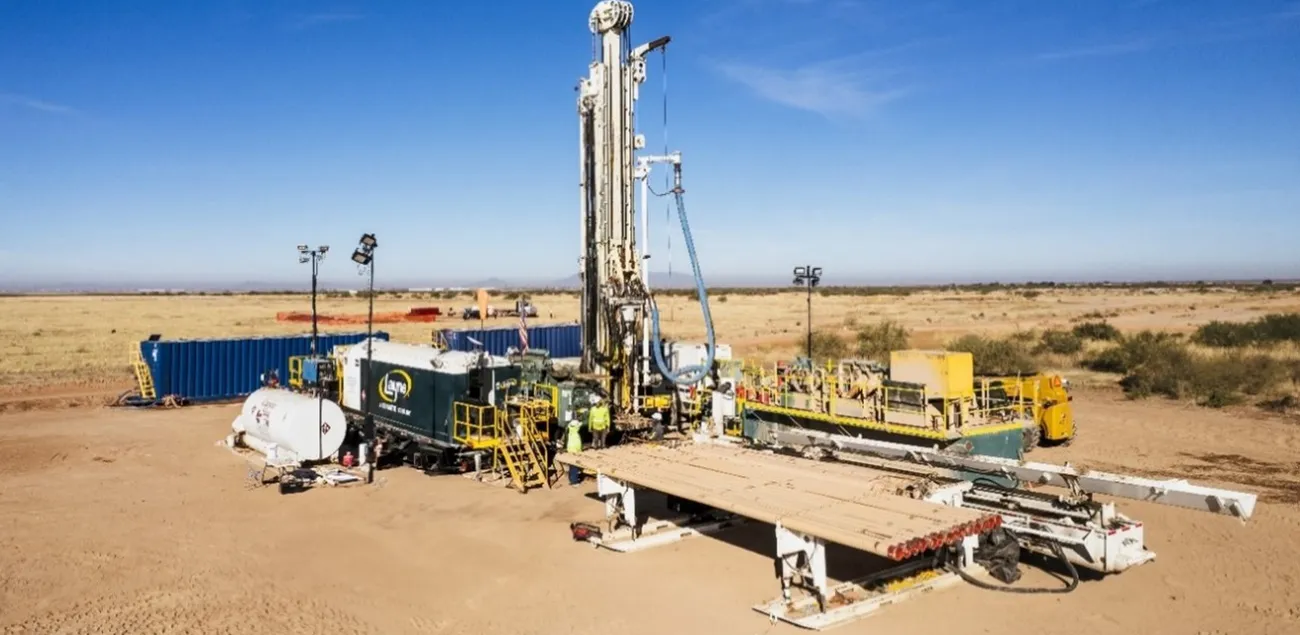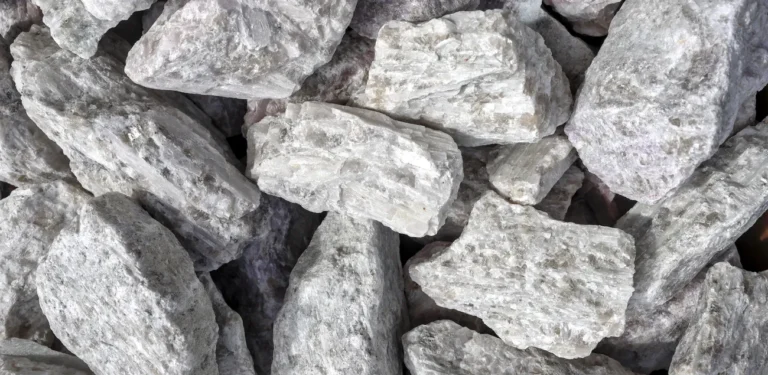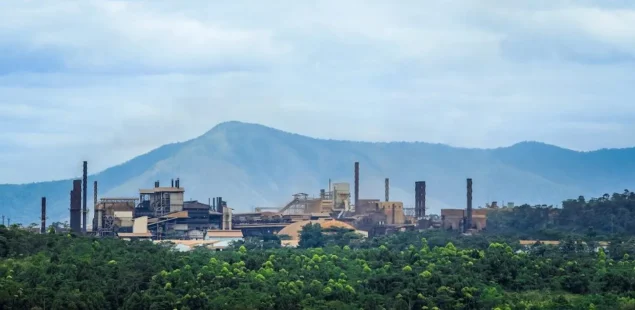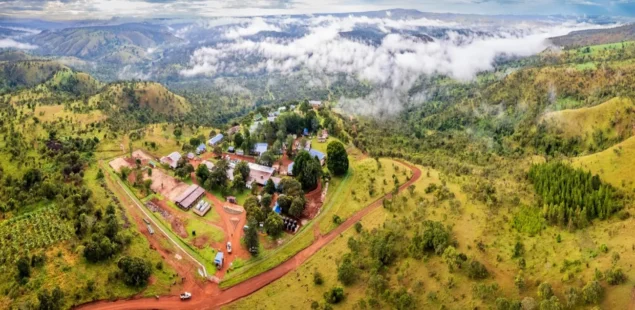
Ivanhoe Electric’s Santa Cruz project in south-central Arizona is hurtling toward construction early next year. A recently filed feasibility study outlines a 23-year underground operation capable of turning out 72,000 tonnes of copper cathode a year during its first 15 years—enough to make it the most productive U.S. mine since 2007. The sprint to production arrives as U.S. copper futures hover at record highs ahead of a 50 % import tariff due on 1 August, widening the premium over London prices and sharpening the economic case for domestic output.
Fast-Tracked Project on Private Land
By snapping up 6,205 acres of retired farmland near Casa Grande—midway between Phoenix and Tucson—Ivanhoe Electric has sidestepped the federal land-use approvals that have stalled peers in Arizona, Montana and Minnesota.
The company lodged its 272-page preliminary feasibility study in late June after spending more than US$100 million on drilling and engineering. Chief executive Taylor Melvin calls the site “ready-made,” with highways, rail, power lines and gas pipelines already converging on the property. Ivanhoe aims to break ground in early 2026 and ship its first cathodes by the end of 2028—lightning-fast in an industry where discoveries often sit idle for decades.
Heap-Leach Economics and Rail-Assisted Mining
Santa Cruz will run a 20,000-tonne-per-day room-and-pillar operation, moving ore on a compact underground rail network that slashes diesel use. Oxide ore will be treated entirely by on/off heap leaching to produce LME-grade cathodes on site at a projected cash cost of US$1.32 per pound—barely a quarter of today’s COMEX price. Paste backfill will return spent ore underground, trimming the project’s surface footprint.
Tariffs Inflate U.S. Copper Premium
COMEX futures hit an all-time high of US$5.68 a pound on 8 July after President Donald Trump confirmed the 50 % duty on refined-copper imports. Analysts at Jefferies liken the move to 2018’s steel tariffs, designed to spur domestic smelting and refining and eventually anchor new mine supply. The London-to-New York premium has ballooned to nearly US$1,800 a tonne, boosting interest in projects able to deliver cathode straight to U.S. buyers.
Domestic Supply Gap Widens
With only two primary copper smelters operating, U.S. miners ship roughly 29 % of their concentrate overseas for processing while importing 45 % of refined metal to fill demand. A 2023 S&P Global study found that in-ground resources could meet domestic needs, yet permitting snarls have left the country leaning on foreign refineries—chiefly in China. Mine output has been sliding since Freeport-McMoRan’s Safford pit, the last major U.S. copper mine, opened in 2007.
Regional and National Impact
Set in Arizona’s booming Sun Corridor, Santa Cruz could give makers of electric vehicles, data-centre cabling and renewable-energy hardware a fresh domestic supply of cathodes—each tonne carrying about 80 % fewer transport emissions than imports. Over its life, the mine is expected to yield 1.4 million tonnes of metal, worth more than US$17 billion at current prices and sufficient to wire roughly two million U.S. homes.
Company Background
Launched in 2021 by Canadian mining entrepreneur Robert Friedland, Ivanhoe Electric targets U.S. deposits of copper, gold and other energy-transition metals using proprietary geophysical tech. The firm raised US$169 million in a 2024 Nasdaq debut and holds exploration ground in Utah, Oregon and Montana alongside its Arizona flagship.
If construction stays on schedule, Santa Cruz will be the first large U.S. copper mine to start up in more than two decades—arriving as tariffs, energy-transition demand and a global concentrate shortage combine to keep domestic prices lofty. Success could embolden other stalled projects, though financing, labour availability and water rights remain key hurdles even on private land.



